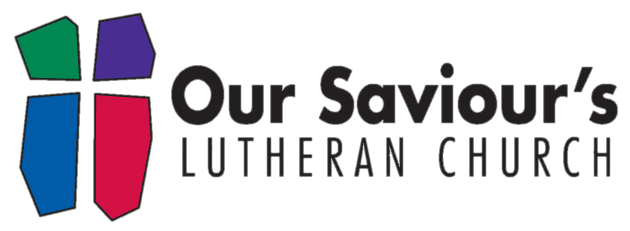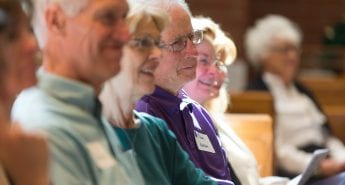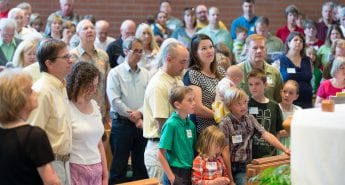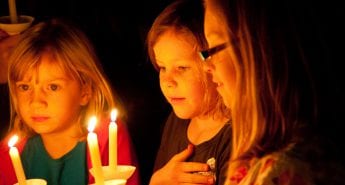We are a Christian community, committed to ministry in Fort Collins and the world. We rejoice in the manner in which diversity has enriched, nurtured and challenged our lives and the ministry we share in Christ, and we invite all to participate in Word and Sacrament without discrimination due to race, creed, sexual orientation, gender identity or financial status.
History
Our Saviour’s Lutheran Church now serves more than 1,000 members with three weekly worship services with a wide variety of musical settings to choose from. In addition, there is a Sunday Church School program for children and adults, a myriad of activities for youth ages 3 through High School, an active music program, a preschool, and many other ways to become involved.
Our Saviour’s Lutheran Church was organized in 1965 as a mission congregation of the Lutheran Church in America. The early congregation worshipped at O’Dea Elementary School until 1967, when the first unit, the current fellowship hall, was completed.
In 1977, a much-needed educational wing was added. An organ was purchased in 1978 and served OSLC until its replacement in 2001. Continued growth led to the building of a much larger sanctuary in 1988. An addition to the education wing came in 1991, completing the building as it stands today. Here is a link to some videos that show our history!
OSLC History Youtube Channel
Heritage
Our Saviour’s is a member of the Rocky Mountain Synod of the Evangelical Lutheran Church in America (ELCA). Our Saviour’s, along with other Lutheran churches, can trace its roots directly to the Protestant Reformation that took place in Europe in the 16th century. Martin Luther, a German monk, became aware of differences between the Bible and church practices of the day. His writings, lectures and sermons inspired others to protest church practices and call for reform.
By the late 1500s the Reformation had spread throughout Europe. Followers of Martin Luther’s teachings were labeled ”Lutherans” by their enemies and adopted the name themselves. Lutheran beliefs became widespread, especially in Germany and the Scandinavian countries (Norway, Sweden, Denmark, Iceland and Finland), later spreading throughout the world as early explorers took their faith with them on their voyages. Lutheranism came to the Americas that way; some of the earliest settlers in the Americas were Scandinavians, Dutch and German Lutherans. The first permanent colony was in the West Indies, and by the 1620s there were settlements of Lutherans along the Hudson River in what are now the states of New York and New Jersey.
For more information on heritage, we encourage you to search the websites of the ELCA (www.elca.org) and the Rocky Mountain Synod (www.rmselca.org).




